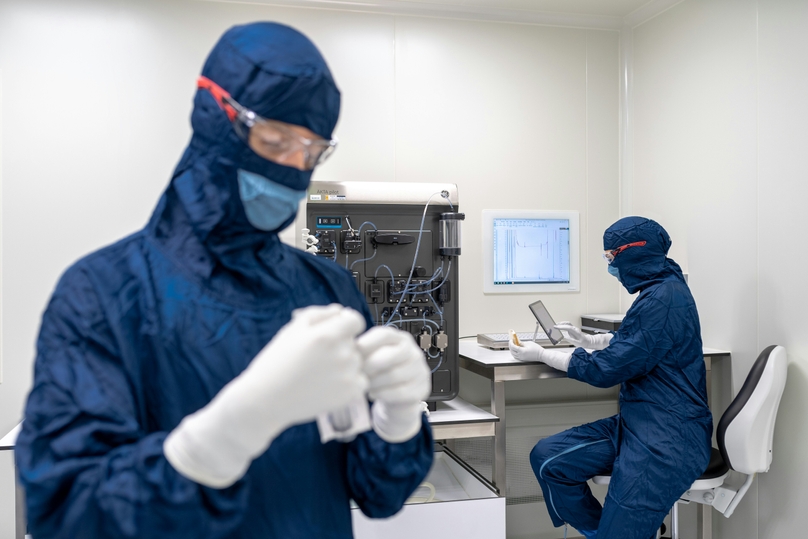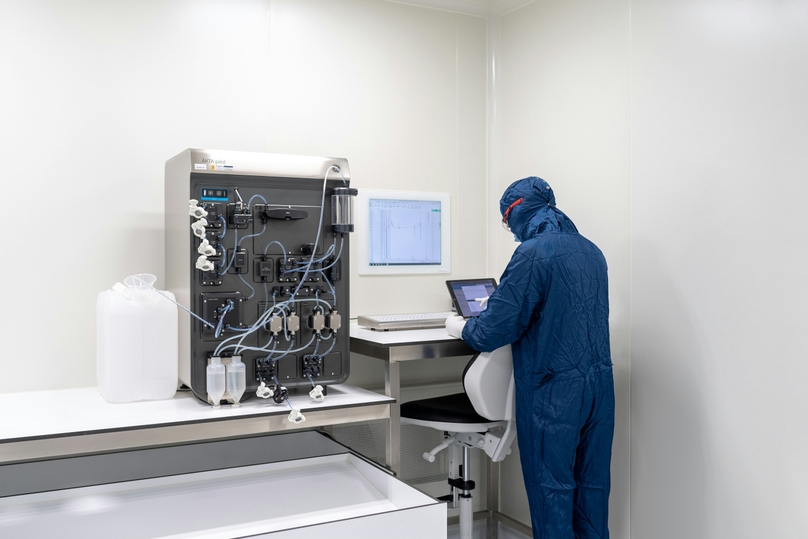What is Data Traceability?
Due to the complexity of many procedures involved in Life Sciences, rigid regulatory standards are required. This means that the management of sensitive information from the production process and the supply chain during the lifecycle of a product or test procedure has become increasingly complicated. Data frequently must go through many iterations and be shared with multiple people on its way to its final destination.
Data traceability allows lab managers to fully trace all lab data from its initial input to its archival. This means that you and your lab team members can easily track information back to its original data source. Traceability gives you full control of your data and ensures that you know where all data and metadata are located and how they were derived.
In this article, we will review data lineage, why your lab needs it, and how to implement it most efficiently.
Why Laboratories Need Data Traceability
Whatever your Life Science field, your lab needs data traceability for several reasons.
- Data validity: Validity is a measure of how accurate your results are. The quality and safety of your research and the reputation of your laboratory are dependent upon the validity of your data. Data traceability enables you to underline the validity of your research and maintain the transparency required by other researchers.
- Data compliance: Laboratories must meet industry standards and guidelines, and lab audits are necessary for lab compliance assessment. If a lab fails to access its data or is unable to provide proof in support of its quality control procedures, it may be cited and penalized. Data traceability ensures that your lab will be able to provide all the required information during an audit.
- Problem resolution: When you have fluid data traceability, errors can easily be traced back to their root, preventing any issues from repeating themselves. This is of particular importance in research laboratories in medicine or healthcare. Traceability also makes it much easier to modify problematic factors before they travel too far downstream toward the end results.
- Repeatable solutions: Collaborative efforts are important in the Life Sciences. There will be times when your team or a team in another lab will want to reproduce the same results of a particular test. Much time can be saved when you share your traceable data so that other labs can complete the same or similar processes.
How to Implement Data Traceability
Previously, lab data traceability involved a complex paper trail. This often resulted in many complications, such as:
- Loss of valuable data
- Inaccurate or erroneous reporting of data
- Risk of damage to data files
- Illegible notes
- Human documentation error
- Inaccurate reading of instruments
Fortunately, these days, labs don’t have to risk audit failure because of these problems. The increasing adoption of laboratory information management systems (LIMS) has led to more solid data traceability by employing an accurate system and allowing for easy data sharing. In fact, one of the main reasons that labs are switching to automated management systems is because of their traceability.
Invest in Automation
Investing in an automated system makes sense in many ways. One of the main ones is that it can save your lab money in the long term by increasing efficiency and productivity. Other advantages include:
- Superior traceability: Samples can be tracked from the minute they enter the lab throughout their complete lifecycle, the same for data. You can easily create lineage diagrams.
- Reducing human error: Automation can reduce the errors that tend to occur with manual data input and ensure that all data is managed correctly.
- Efficient inventory tracking: Automation facilitates maintaining inventory of stocks and reordering supplies and sample storage.
- Ensuring quality standards: You can easily manage quality assurance (QA) and quality control (QC) processes and related data. You can also follow the traceability lineage through all test cases and use cases.
- Efficient lab monitoring: An automated system makes monitoring your lab environment a breeze. As well as calibrating instruments, recording data, and issue resolution, an automated system can also help with personnel training.
- Safe document management: Easy management and adjustment of standard operating procedures (SOPs) and the ability to allow access to documents as and when needed.
- Accurate test result management: Test results can be easily accessed, managed, and shared. Lab managers can flag out-of-spec results and pinpoint abnormal values.
Establish an Information Management System
Setting standards for an information management system can help ensure all participants accurately track and organize data, facilitating lab management and decision making. Establishing such a system does not have to be overwhelming, but you should be aware that not all LIMS initiatives are created equal, and many are highly customizable. Here are some functions you may find indispensable:
- Sample management: The registration and monitoring of your samples is a key aspect of lab management and can all be handled by a quality LIMS. All data can be easily tracked using a user-friendly dashboard.
- Data management: You can maintain data quality and safe data storage with your LIMS. All data, metadata, and data sets can be filed and linked for easy access in real-time. Data analysis and data integrity are assured.
- QC status: A LIMS can allow you to automatically create the results of quality control measurements through direct access to the analytics system.
- Electronic lab notebook: This is a valuable feature for any lab. It gives your team real-time access to lab protocols, test standards and results, sample inventories, and safety procedures.
- Secure reporting: Your LIMS should include a set of standard report templates and should be able to generate customized reporting forms as you need them.
Collaborate Efficiently
Typically, more than one lab team member is involved in a research process. All parties need to collaborate and ensure data changes are tracked. The easiest way to ensure this happens is by implementing an electronic lab notebook.
An electronic lab notebook provides a single tool with user-friendly interfaces that lab team members can access anywhere. All test results, case studies, and data points can easily be cross-linked to avoid errors and save time. It also makes it very easy for multiple team members to input data for the same project at the original source and later facilitate data transformation.
Trace Data Efficiently with Genemod
As we have seen, traceability is important for the integrity, safety, and efficiency of laboratory practices. Automating your systems can enhance these factors and make running a laboratory much easier.
At Genemod, we have developed a range of customizable software solutions for your laboratory, whatever industry you are researching. For example, we offer:
- LIMS
- Electronic lab notebooks
- Automated inventory management systems
- Electronic dashboards
- Protocol templates
- Report management
All these software solutions can be integrated with your current system and are suitable for administrators, lab managers, and R&D teams. Contact us today to discuss your automation needs and book a demo.
















